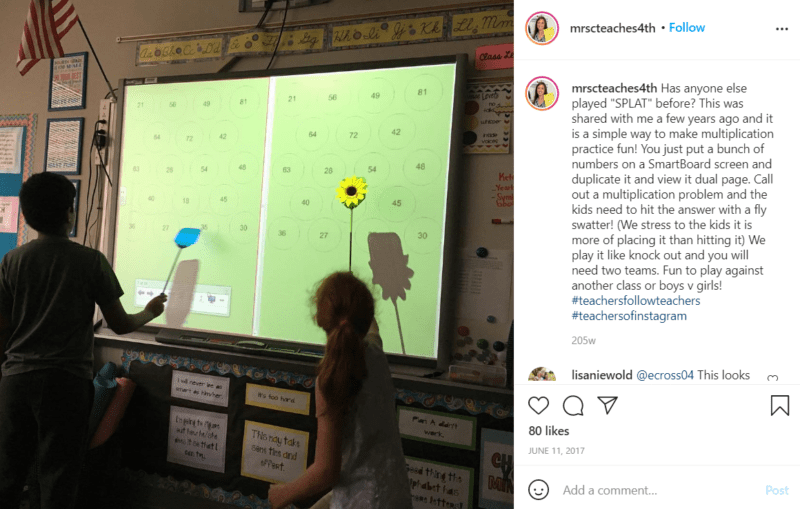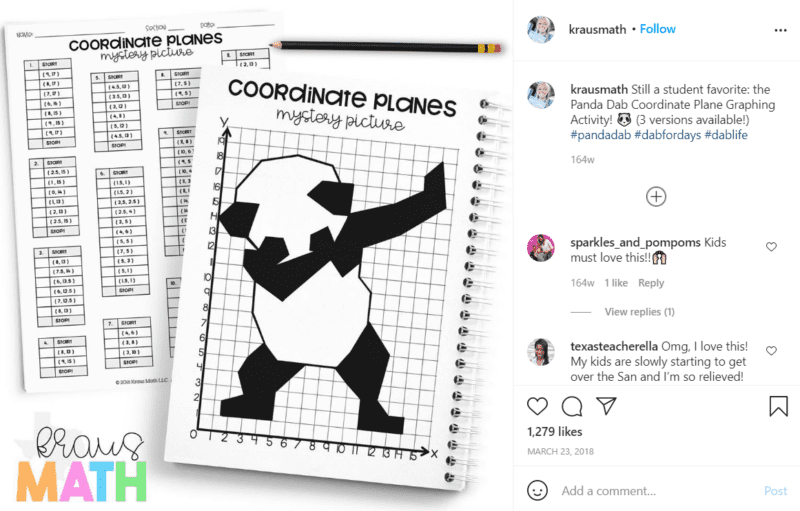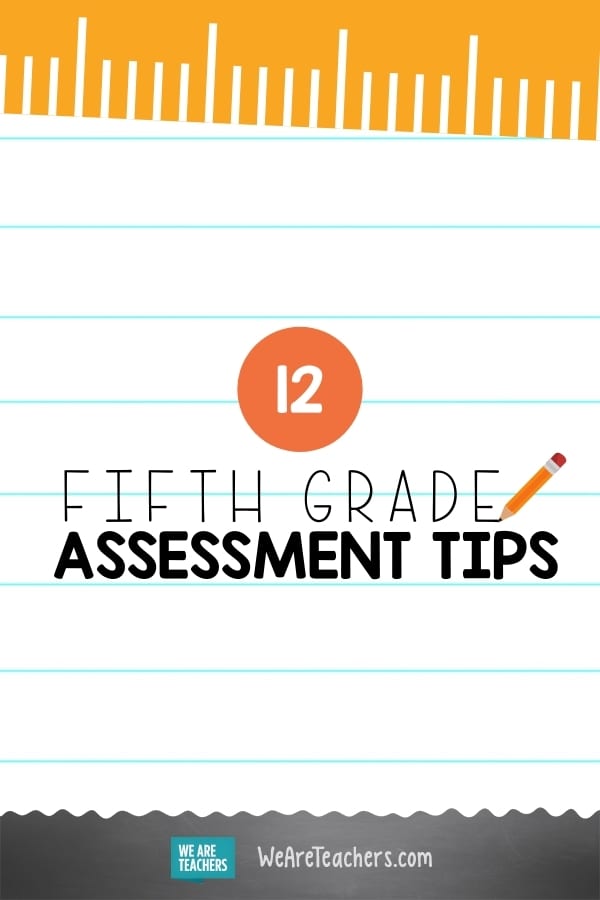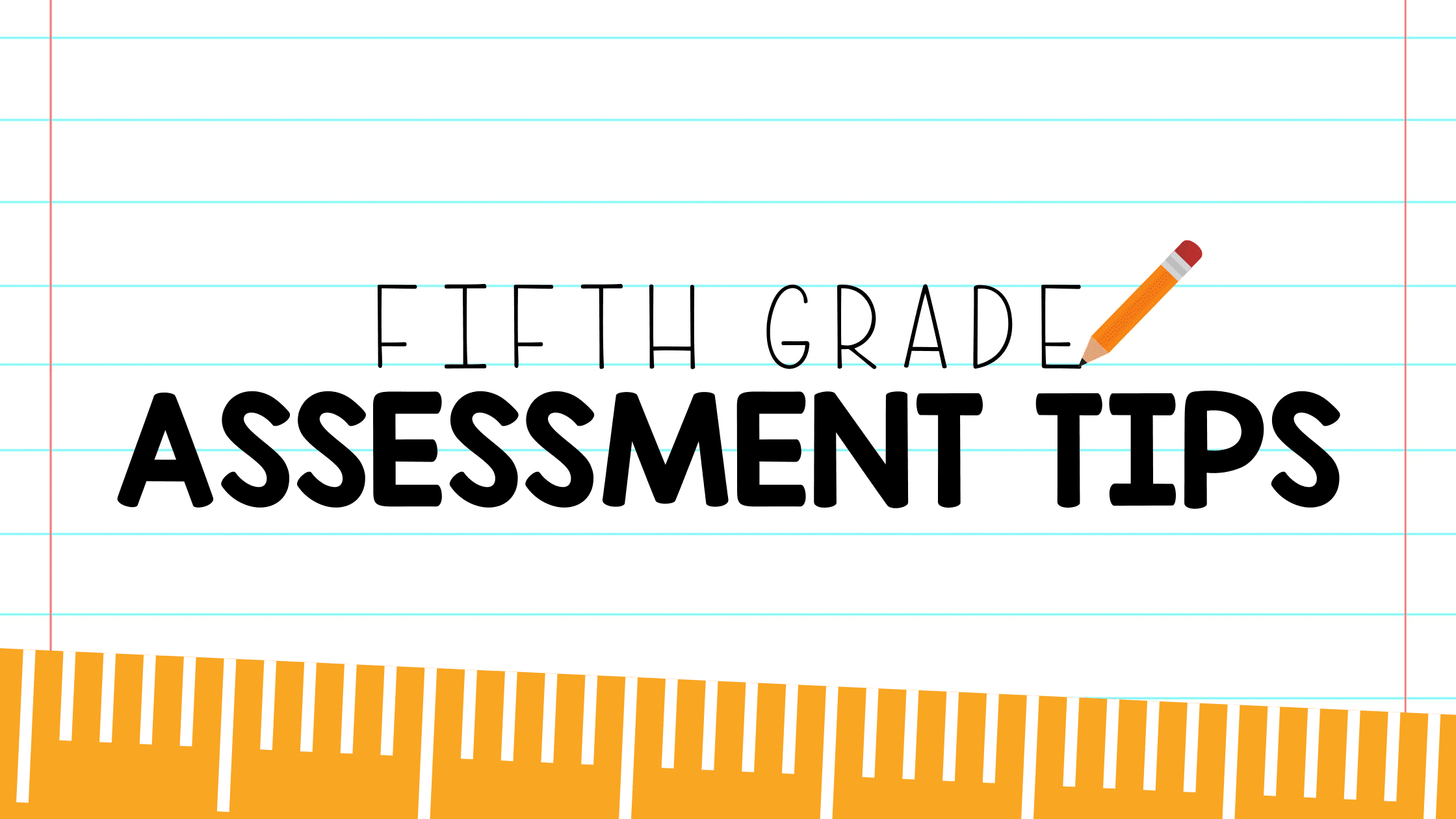You’d never lead a field trip without regularly checking to make sure everyone was still with the group, right? Of course not. In the same way, effective teachers use regular, quick formative assessments to keep tabs on student learning before it’s time for summative assessments. When you understand your students’ learning, you can make adjustments and provide extra support so every student succeeds. Get the feedback you need without breaking your stride with these fifth grade assessment ideas. Teaching remote? Don’t worry, we’ve got ideas for remote learning assessments too!
Move It!
Gauge student learning while also giving your fifth graders a chance to move around.
1. Four Corners
Write possible answers on a whiteboard or use the letters A, B, C, and D to designate spaces in each corner of the room. Next, read out a question and ask students to move to the corner that corresponds to their answer. Not only does Four Corners get students up and moving, but the speed at which students move toward the correct answer can tell you a lot about how confident they are in their answers. Likewise, students who seem to be tagging along with other students may need additional support. If it seems like too many students are following others, have each student write down their answer before moving to the corner corresponding to their answer.
2. Splat
Let’s be honest, some of the best formative assessments are games your students don’t even realize are quizzes! To play Splat, create a game board with two identical sides. The game board could include vocabulary words, math facts, historical dates, science terms, or any “answers” related to topics the class is studying. Next, divide the class into two teams and give each team a flyswatter. The first two players from each team stand a few feet from their side of the game board. The teacher reads out a question, and the first student to swat the correct answer earns a point for their team. Different students face off in the next round and the game continues until all students have had a turn and/or all questions have been asked.

Source: @mrscteaches4th
[contextly_auto_sidebar]
Show It!
Gestures or visuals allow you to get a quick read on student understanding. They make the perfect fifth grade assessment strategies for your toolbox.
3. Hidden Pictures
Students love discovering hidden images! Math activity sheets that reveal an image when completed correctly are easy to assess at a glance and also so much fun. Find an abundance of hidden picture resources online or create your own using grid paper.

Source: @krausmath
4. Scuba Signs
Need some new hand signals to freshen up your classroom feedback system? Invite your students to discover the secret language of scuba divers. At the beginning of a lesson, during a lesson, and at the end of a lesson, ask students to show their level of understanding using a scuba signal. This could mean using signs like “OK” or “problem,” or the class could decide to use marine animal signs to indicate various levels of mastery.
Mark It!
These assessment ideas make use of written/drawn responses, making them perfect for quiet times in the classroom.
5. Student Data Binder
Coach your students to track their own progress through self-assessments. For each student, create a data binder with reflection sheets asking students to rate their level of understanding for the topics recently covered. Decide on a system such as Zero to Five or Novice to Expert. Use the same system consistently throughout the year. Creating an anchor chart to help students remember the meaning of each level can help.

Source: @thehappylittleclassroom
6. Always, Sometimes, Never
Asking students to classify a statement can reveal a lot about their understanding of a topic. Post a statement (or multiple statements on different sections of the board or stations in the classroom). For math, this could be a statement such as “multiplication makes numbers bigger.” For ELA, this could be a statement such as “Topic sentences are the first sentence in a paragraph.” Next, give students different colored sticky notes to representing the words “always,” “sometimes,” and “never.” Some teachers use red notes for “never,” yellow notes for “sometimes,” and green notes for “always.” Have students place the sticky note they believe is true for each statement and then write out the reasons for their choice in their journal or on a sheet of paper.

Source: @mixandmath
Voice It!
Channel your students’ love of talking with these oral assessment ideas.
7. Replay Commentator
In a sports replay, the commentator describes and analyzes a moment of action from the game. Working in pairs, have students take turns being the “replay commentator” who recaps a key part of the lesson. Students can also use this strategy to walk through how they solved a problem or what parts of a passage stood out as they were reading. Listen in on individual pairs or ask pairs to share their replay highlights with the class.
8. What’s That Sound?
Let your fifth graders make some noise! Decide on distinct sounds to represent “true” and “false.” These sounds could be a cheer for “true” and a hiss for “false,” animal sounds, favorite silly words, or clapping patterns. Next, read a statement and ask students to use a sound to indicate whether they think the statement is true or false.
Fifth Grade Assessment Ideas for Online Learning
Take advantage of these simple video assessment ideas and helpful online tools to gauge student learning while teaching remotely.
9. Color Cards
A simple deck of colored cards is an assessment tool you’ll come back to again and again throughout the year. Students can use sheets of colored paper or use markers to color sheets of plain paper. A basic deck could include white, black, and red sheets, or students could create a rainbow deck of all seven colors. Have students keep their deck handy for quick check-in questions. For example, students can hold up a certain color to show their answer to a multiple choice question, or they can use certain colors to indicate how well they understand a topic, or as a signal for help from a teacher.

Source: @fairchildin5th
10. Make Comix
Many fifth graders share their knowledge better with images. An online comics maker like Make Beliefs Comix can be a great way for students to convey what they know in a short format. Working with a limited number of frames, students are challenged to capture the essence of what they’ve learned. The act of summarizing can reveal a lot about what they’ve absorbed and understood.
11. Scavenger Hunt in the House
Online learning can mean a lot of screen time, so mix things up while also challenging your students to make connections and explain their thinking. Invite students to go on a scavenger hunt in their house to find objects that match a given prompt. For ELA, ask students to find an item they think a given character in the class read-aloud would like/need/want and then explain their thinking. Alternatively, have students find an object to creatively complete a simile, or that relates to vocabulary the class is studying.
12. Shared Documents
Simple, but effective. Create a shared Google document and invite each student to share a few sentences about what they’ve learned, what questions they still have, and how they can apply what they’ve learned. Sometimes online learning strategies like a shared document or responding via the chat window can give students who are normally shy more of a voice in the classroom.
For even more great resources for teaching fifth grade online, check out: Your Guide to Teaching Fifth Grade Online and Tips and Tools for Making Online Assessments Work.
What are your favorite fifth grade assessment ideas? Please share in the comments or on our WeAreTeachers HELPLINE!


